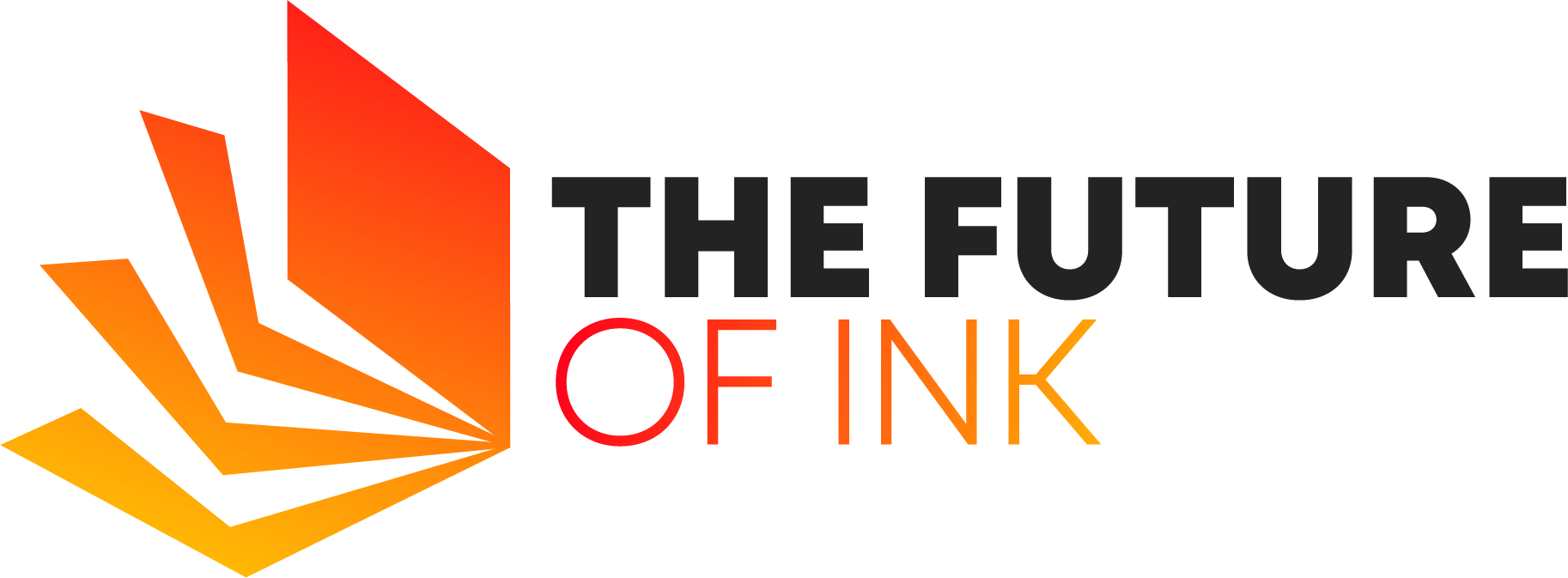Regardless of the project, you are in charge of, whether it be designing a car or building a complex application for a business, you will achieve better results if you adhere to the four phases of project management. These include planning the project, the build-up, implementation of ideas, and closing out the project.
Even though these four phases or stages are distinct, they often overlap as they are tightly integrated and integrated to the completion of the project.

In this article, we will be taking a detailed look at each of these phases to help project managers ensure the successful completion of their projects on time and under budget.
Contents
Planning: Mapping Out the Project
If you do not fully understand what project management is, you might jump to scheduling and assigning tasks to the various people who are likely to be involved in the process.
You should not do this until you have a full understanding of the project, the problems you are trying to solve, as well as what needs to be done and by whom.
Determining The Problem
Before you start, it is important to think about the issues presented to you and what problems the final project is supposed to solve.
For example, the business might not be happy with its online presence and task you with developing a new website and marketing it. As a web developer, you might want to jump into the project head-on so that you can complete the project as soon as possible.
But is doing so going to solve the underlying issues and problems the business has? It is important to go beyond the observable symptoms of an issue to find the deeper underlying issues that are at the heart of the problem they are trying to solve or the help they need.
Not doing so introduces the risk of coming up with a solution that is too complicated, inadequate, wrong, or that takes too much time to complete without solving the issues the client or business had in the first place. Your final product might not reflect what the business wants or might not be one user will be interested in.
Also Read: W-2 Reporting Planning and Guidance
Who are The Stakeholders?
Now that you know what issues you are trying to solve, the next question to ask is who the stakeholders will be. These are the people who will be affected by the project’s outcome, who will benefit from it, and who will provide the resources you need to complete the project.
These stakeholders will help shape what a successful project looks like and what its success means. Involving stakeholders at this early stage increases the chance of you and your team completing the project according to the requirements and that the stakeholders will accept the final outcome.
Stakeholders can be involved directly or indirectly. For example, the business and members of your team will be involved directly and the customers and users who will be affected, impacted, or benefit from the project’s success will be involved indirectly.
Define Objectives
This is where the project starts to take shape. At this stage, you need to start thinking about how you can turn the expectations of the stakeholders as well as the issues you are trying to solve and how you will solve them into goals and objectives you can work towards.
Meeting these goals and objectives will define if the project is successful and has achieved what it set out to achieve.
An additional benefit of outlining and defining these goals and objectives with input from stakeholders who will be involved directly is that there will not be any disagreements at the end of the project about whether you have done everything that was expected of you.
It is also common for goals and objectives to change during this phase as things often remain quite fluid here. However, you need to have an outline of the main goals and objectives and everything else can be added or amended as needed.
Define The Resources You Need, Scope of Work, and Major Tasks
The risk of failure increases if a team takes on more than they are reasonably capable of doing leading to delays, and disputes over deadlines and cost.
Not defining scope early on also runs the risk of you overlooking a critical part of the project that you will need to complete if the project is to succeed.
Project managers can ensure everything is covered by breaking down big tasks into smaller ones. You should continue subdividing these tasks into smaller chunks until you get to a point where you cannot subdivide further.
By seeing the project like this, you will be able to determine the resources you need (time, money, etc.) as well as the people and talent you need to complete the project successfully.
These smaller tasks can be assigned and then ticked off as they are completed. Each smaller task should push the project forward and contribute to a major section of the project. These major sections can then be brought together to make up the project’s larger structure.
Determine What is Important
The three most important variables in a project are quality, cost, and time. These three are related such that you can usually have two and one will suffer.
Also, changing one variable means the outcome will be different. For example, you can have more time and better quality, but you need to pay more for the project’s completion.
Because each project and stakeholder will be different, it is important to determine what is important to them early on. This way, you can tailor your planning process in alignment with what they deem to be most important.
Additionally, knowing which variable is important will help you make the right decisions as you get on with the project.
As you can see, planning a project can be quite involved. This is why every project manager should be well versed in how to plan and implement a strategy that helps get their project off the ground the right way.
Project managers who want to get better at the planning stage, which is often ignored, can complete a Master of Business administration online which has a focus on project management.
The Build-Up Phase: Getting the Project Going
This is where you start building the team, setting estimates, creating budgets, gathering resources, and committing to the project and your stakeholders.
Gathering The Required Talent
From the breakdown we talked about above, you already have an idea of the types of people, talent, and skills you need to complete the project.
You might already have the people you need in your team, but it is not unusual for project managers to bring in people with specialized skills from other teams and departments.
If you cannot get people who are ready to go, you should factor in a budget for both time and money to train those you need to get up to speed.
Assign Tasks
From the breakdown and the team you have gathered, you already know who will be tasked with doing what. If you are inheriting a team, which happens often in business settings, you can assess those that you have to assign them the right tasks.
Start by noting down the names of the people in the team and the skills you need for various parts of the project. Then talk to all team members that you are unfamiliar with to find out what their strengths are and thus what tasks and roles would suit them best.
Put A Schedule Together
It is often impossible to set your own start and end dates regardless of the resources you have available to you. To ensure you do not miss any deadlines, start by knowing the immovable deadlines and work backward from there.
By knowing when different deliverables need to be ready and creating a schedule that aligns with the deadline, you will ensure that you are never late. For example, if you know your marketing reports take a week to compile, have the team start working on the reports a week or two before they are due.
Kick-off Meeting
As a project manager, you should always try to have as few meetings as possible, but this is a crucial one. This is where you get everyone involved together to tell them about the project, objectives, deadlines, and everything else to do with it.
A kickoff meeting is also the right time to let everyone know their roles and responsibilities. Encourage those in your team to speak out so they can help you streamline the delivery process. Consider all suggestions seriously, especially if they are coming from team members with more experience than you in certain areas.
Create a Budget
Allocating enough money to all parts of the project will ensure everything works smoothly. Some areas to focus on are training, travel, supplies, research, and overhead. Get someone to check your budget to ensure you are not missing anything.
Do remember that budgets are fluid as they are estimates based on experience and future needs. You might need to adjust the budget in the future, so be prepared for that.
Implementation: Executing the Project
All you have at this time are plans, schedules, assignments, and the like, but nothing tangible as far as the project is concerned. The implementation phase is where you start putting your plan into action.
For most project managers, this is the best phase of a project because this is where work is done, and results start manifesting. However, the implementation phase can also be very frustrating as there are a lot of moving parts that need to be paid attention to.
Coordinating everything like this can be tedious and overwhelming.
Monitoring and Controlling Processes and Budgets
Project managers have to be careful not to focus too much on the smaller details and be engulfed in meaningless problems. They should always have a big-picture perspective of the project to avoid both.
They should choose a project management system and approach that applies to their team and project keeping in mind that there is no single solution that applies to all teams.
Responding to data and changes quickly as well as dealing with issues as early as possible will help things go smoother. By doing so, you will be controlling the situation rather than monitoring it.
Let your team know that you need information as quickly as possible so you can solve problems quickly so the whole team can win. Also, remember to let team members solve small problems on their own before jumping in.
Keep an Eye on Progress
Your team members should provide you with regular updates and you should do the same for your stakeholders. Ensure that you know what types of progress information your stakeholders need so you can get it from the team and present it how they want it presented.
Hold Team Meetings
Meeting once a week is often the best frequency for teams that want to stay focused. To ensure productive meetings, always have an agenda beforehand. Most of your agendas will be drawn from how the project is going so setting that should not be too hard.
You can also divide your team into smaller groups that hold meetings depending on how often they need them. For example, the design team might need to meet every two weeks while the engineering team might need to meet once a week.
Manage Issues
Small problems can easily become larger ones and have serious implications and consequences on the project. Some issues project managers have to keep an eye on include people issues, quality issues, time slippage, and scope creep.
Keep an eye on your team to notice changes in behavior. These changes would indicate underlying issues that you need to take care of as soon as possible.
Also Read: 10 Interesting Data Analytics Real-Life Applications
Closing Out the Project
All projects eventually come to an end. How do you know it is time to close it all out? The first is the team meeting its goals and objectives. Compare what you have achieved to what you set out to at the start of the project. This comparison will tell you if there is more work to do.
Check with the stakeholders to ensure this has happened. Also, check with them for their definition of a finished project so you are both in agreement that you have done all that you set out to do.
The last two things to do are celebrate with your team and debrief them. Celebration helps them feel recognized and debriefing helps you find areas of improvement for the next project.
Managing a project from start to finish can be difficult. However, following a clear path and roadmap should help make things much simpler.




